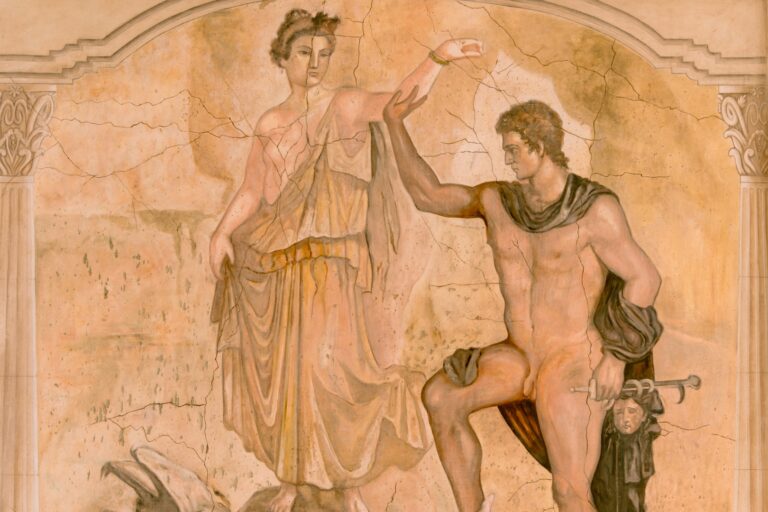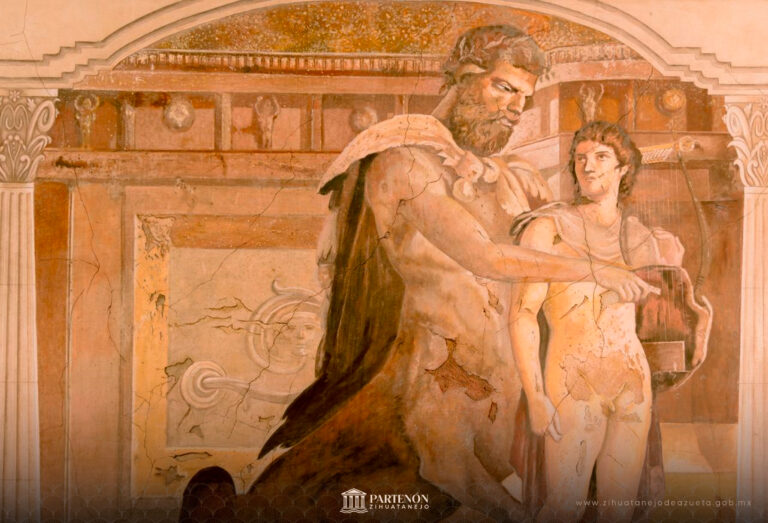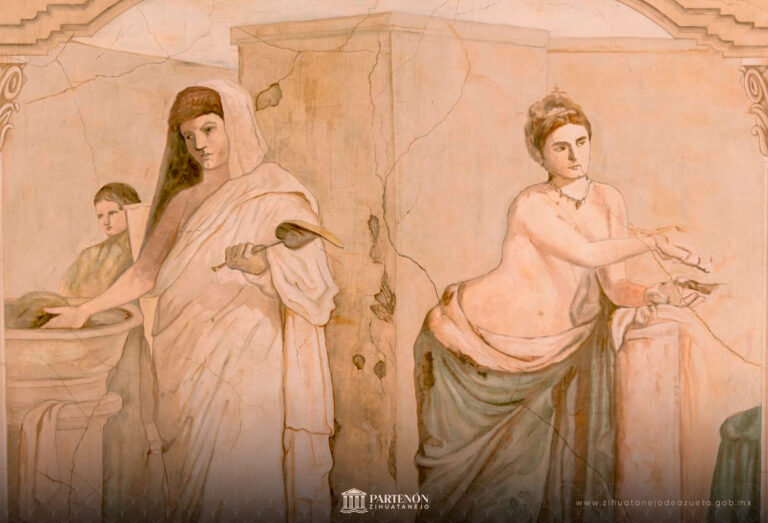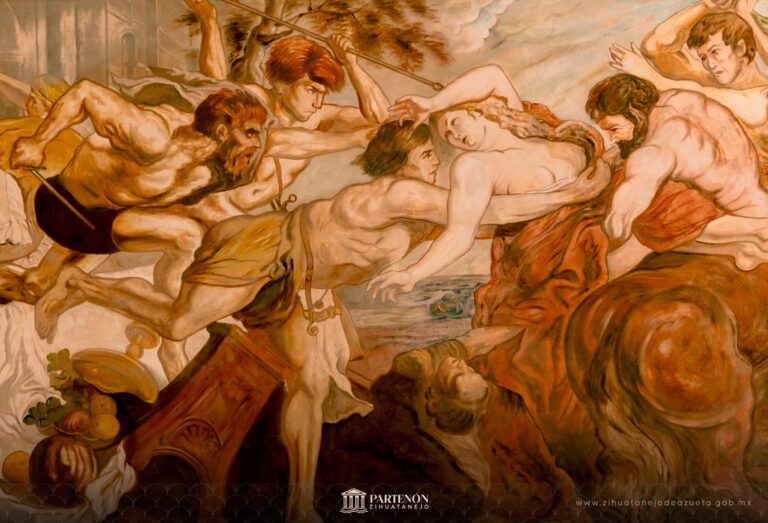The Three Graces
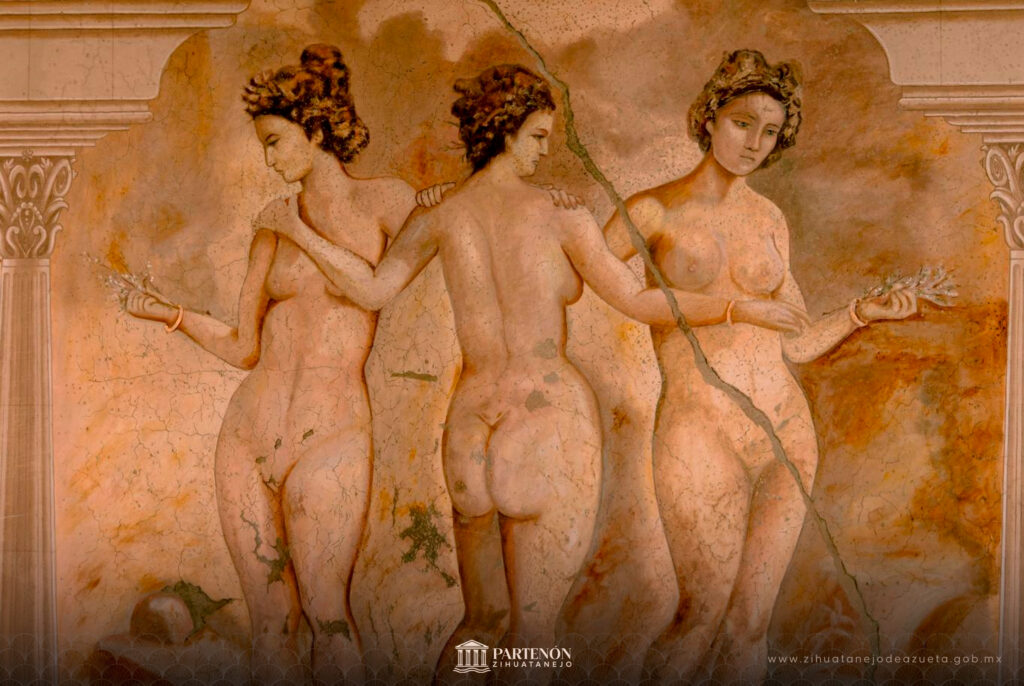
Inspired by the work The Three Graces by Peter Paul Rubens.
The three goddesses embrace each other in a circle, as they do in some ancient sculptures and Renaissance paintings. The position of the feet suggests that the women are dancing softly.
The cornucopia and a tree branch hangs a garland of white and red roses in full bloom. They replicate the splendor of the Graces, just as the shapes of the fountain replicate their bodies.
Most mythological sources state that the Graces were daughters of Zeus and Hera, and that they were called Aglaia, Euphrosyne, and Thalia, or «Beauty,» «Jubilee,» and «Abundance.» The Graces were also associated with generosity and gratitude. Aristotle states in his Nicomachean Ethics that good deeds should be repaid in kind: «This is why men give a special place to the sanctuary of the Graces, so that there may be retribution, for this is proper to gratitude.»
They are closely associated with Aphrodite (Venus), the goddess of love and beauty, and were popular subjects in art from Antiquity through the Renaissance and beyond, often shown nude in interconnected poses.
We know that centuries before, statues of the Graces were placed near some springs in gratitude to nature. This practice is probably reflected today in both Spanish and Italian, where the words gracias and grazie are used to express gratitude for something received.

